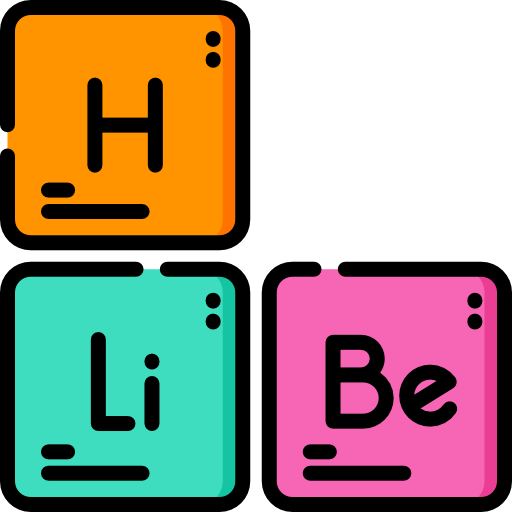If you are a 9th class student who wants to learn more about biology, you need to have a good set of notes that cover all the chapters of your textbook. That is why we have prepared 9th class biology notes of all 9 chapters for federal board top study world.
These notes are concise, comprehensive, and easy to understand. They will help you revise your lessons, clear your concepts, and ace your exams.
Biology is the study of life and its processes. It is a fascinating subject that explores the diversity and complexity of living organisms.
We hope these notes help you in the best possible manner. Feel free to share feedback or ask questions in the comments section. Remember to keep visiting the website for latest updates and any sorts of queries. Best of luck with your exams.
CHAPTER 1: INTRODUCTION TO BIOLOGY
In this first chapter, the basic of Biology is explained with short and long questions. All the definition of the Biology branches that give you the basic understanding of the future jobs that you can get. Then the most important question, “What are bio elements?”, and its answer is depicted in the notes. Then another critical topic level of organizations is often asked in the exams.
A biologist studies living things. The principles discovered in biology apply to all organisms—from the simplest single-celled bacteria to complex plants and animals, including humans. Other sciences, such as chemistry and physics, are concerned with inanimate objects.
The field of biology is vast and includes many subdisciplines or subtopics.
These include botany (the study of plants), zoology (the study of animals), microbiology (the study of microorganisms), physiology (the study of body function), genetics (the study of heredity and variation), ecology (how living things interact with the environment), and evolution (the proposed changes in living things over long periods).
There are two kinds of science: speculative and investigative.
Investigative science is what most people mean by “science.” It’s examining the world, seeing what’s there, and trying to figure out how things work. It’s what scientists do.
Investigative science is the opposite of speculative science. Speculative science is starting with some idea you want to be accurate, then trying to explain it.
Speculative science can be fun. But because it’s not a very good way to learn about nature, we don’t call it “science.” We call it “science fiction.”
So why should we care about speculative biology? Because theoretical biology is also called “life on Earth.”
CHAPTER 2: SOLVING A BIOLOGICAL PROBLEM
This chapter creates so much confusion among the 9th class students because students think there is no important question. But it has 2 important long questions which are amazingly explained in the notes. One is about the biological methods and steps which are involved in it to solve a problem. The second important question is the biological methods with an example of malaria
CHAPTER 3: BIODIVERSITY
This chapter all deals with biodiversity. In simple words, it is all about the kinds of creatures that exist all over the world. Either it comes to plants or animals. Then it is explained how the 5 kingdom system of classification came into play. And why scientists didn’t like the 2 and 3 kingdom system of classification.
CHAPTER 4: CELL AND TISSUES
This chapter is the longest chapter of 9th class, and it is difficult for most of the students. Here is a tip for you that I did in 9th class as I got 74/75 in FBISE. I memorized all the diagrams and cleared my concepts from Youtube and Google Image.
In the exams, I just wrote a line and a diagram. I just knew the concepts and the diagrams. I didn’t do parrot-fashion (ratta’lization). Federal Board is really good when it comes to giving marks based on your concepts :
CHAPTER 5: CELL CYCLE

In your book, you will find many difficult definitions that would be difficult to memorize, but the notes are written in easy words. It runs from the reproduction, then its levels. Cell Cycle is explained really well. Here is also a video on Mitosis on Youtube. If you click on CC, you will see the subtitle for Urdu and English – you have to select from the ‘Option’ first.
CHAPTER 6: ENZYMES
It’s the easiest and the shortest chapter of 9th Class Biology. It is easy to understand, only a few terms have difficult definitions which are important to the exams. These terms are cofactors, prosthetic groups, and co-enzymes. Then the most important long question is ‘factors that affect the rate of enzyme action.
CHAPTER 7: BIOENERGETICS
As the name suggests, it is all about how a cell deals with energy. How it is formed, and broken down to run the cell activities. Then the role of ATP is discussed. The most important question is ‘the mechanism of photosynthesis: light and dark reactions.’ The dark reaction is considered the best question because it is somewhat complex and needs concepts and a diagram.
CHAPTER 8: NUTRITION
This chapter is all about food – how it is obtained, prepared, converted into body substances for growth and energy. That’s why it is called nutrition. Then types of organics, micronutrients, and macronutrients are discussed.
CHAPTER 9: TRANSPORT

You might be curious that is it about transportation how a car goes from one city to another? How fast an airplane flies. Why the bullet train of Japan is faster than the Pakistani train? No! It is about the cell.
How materials are transported from one cell to another. How it happens in plants, and human beings. The most important question is of heart, what is its structure and how it works. Just memorize the diagram, and learn 8 important sentences on which you make a short heading. You can get good marks. Keep a good eye on the diagram
All Subjects 9th Class Notes in One Place










